Mission to preserve journalistic heritage
The Vietnam Press Museum was decided to be established in 2017 and inaugurated in 2020. With an exhibition area of up to 1,500m2 and more than 35,000 artifacts, the Vietnam Press Museum (Lot E2, Duong Dinh Nghe Street, Cau Giay, Hanoi ) is not only a place to preserve historical documents but also a lively space, where journalism stories are told through each precious artifact. The artifacts at the museum are all associated with the historical stories of journalists through the ages; with the sacrifices, contributions and loyalty of writers throughout the struggle for national independence.
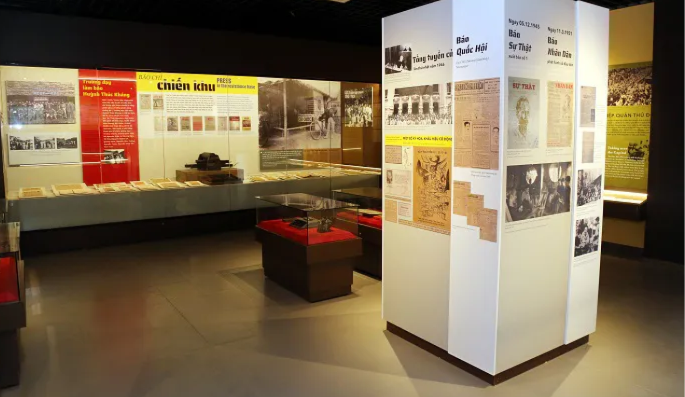
Among the valuable artifacts in the museum are documents related to veteran journalists who devoted their lives to revolutionary journalism.
A prominent example is the documents and artifacts related to leader Nguyen Ai Quoc, who founded and edited the newspaper Le Paria in France in the 1920s. This newspaper was a powerful tool in reflecting the voice of the working poor and a weapon against French colonialism. The museum has collected 30 issues of Le Paria, including the first and last issues of the newspaper, helping visitors visualize a difficult but also very meaningful period for the country's revolutionary cause.
In addition, the museum also preserves many valuable documents related to other journalists, such as journalist Hoang Tung - former Editor-in-Chief of Nhan Dan Newspaper, who donated many of his memorabilia to the museum. His family's collection includes rattan tables and chairs, notebooks and press documents, helping the museum create a vivid collection, reflecting important historical periods of the revolutionary press industry.
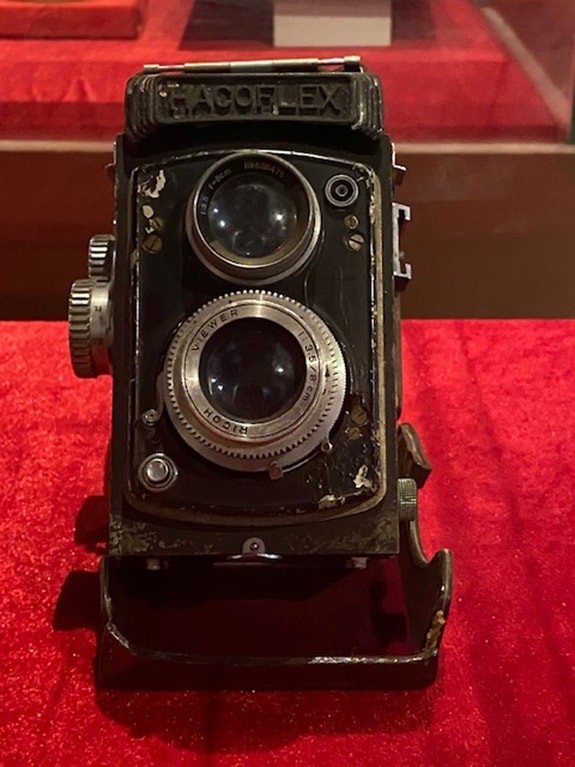
One of the invaluable documents that the Vietnam Press Museum has collected is a photo of President Ho Chi Minh typing at the Viet Bac resistance base in 1950. This photo was donated to the museum by journalist Viet Tung. It is not only a valuable document but also a symbol of Uncle Ho's diligence and perseverance in the struggle for national independence.
Digitize to let artifacts tell stories
Digitizing documents and artifacts is one of the strengths of the Vietnam Press Museum. With the strong development of technology, the museum has applied digital equipment to preserve and protect valuable documents, helping to minimize wear and tear due to time. This is especially important for documents such as old printed newspapers, which are susceptible to decay over time.
The museum has invested in a modern technology system with a capacity of up to 2TB and online connection to servers, helping the museum digitize and manage documents easily. The museum not only digitizes documents but also stores and updates new artifacts continuously. Each valuable artifact and document included in the digitization system not only helps to preserve it for a long time but also makes access easier. This is especially useful in teaching and researching the history of Vietnamese journalism.
One of the greatest benefits of digitalization is that it helps the public, especially the young, to easily access and better understand the value of journalism in the country's history. Through touch screens, visitors can learn about important historical figures, media campaigns during the resistance period, as well as historical events that journalism has reflected in a realistic and vivid way.
Digitization not only helps museums preserve valuable documents, but also enhances the interactivity of museums, attracting a wide range of visitors, especially young people who may not have had many opportunities to access original press documents. These technological tools make exploring the history of journalism no longer a dry process, but an interesting and rewarding experience.
With documents and artifacts collected over the years, the Vietnam Press Museum has become a place to preserve the history of Vietnam's revolutionary press. Digitalization and modern touch screens help the museum not only protect the heritage but also create a lively space for future generations to better understand the struggle of journalists over the past century. The museum is not only a place to preserve heritage but also a bridge between the past and the present, between past generations of journalists and those of today.
Source: https://baolaocai.vn/ngoi-nha-di-san-cua-nhung-nguoi-lam-bao-post402941.html








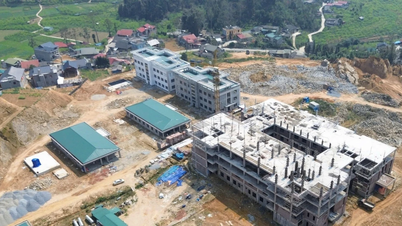
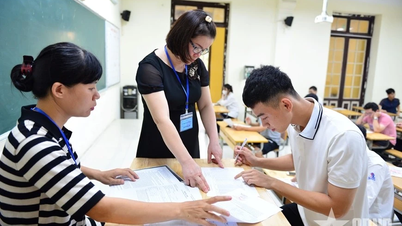
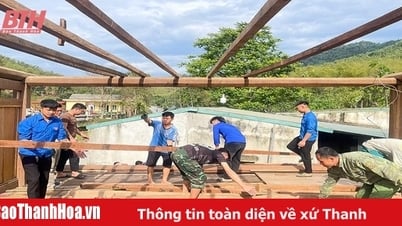



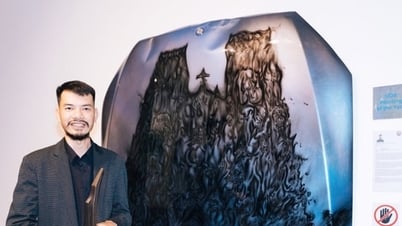






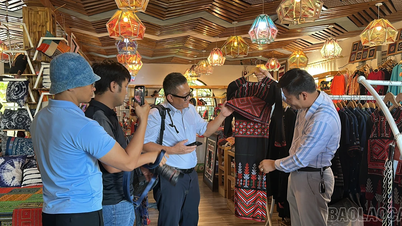
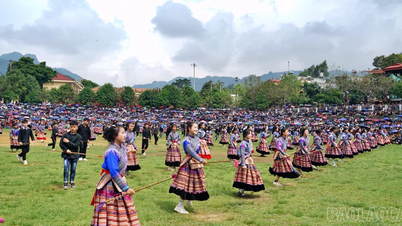

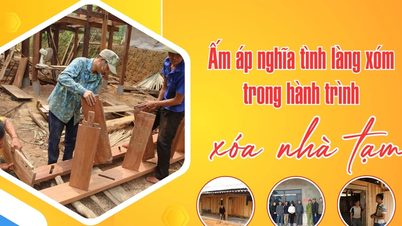




































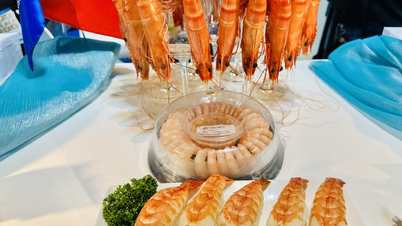













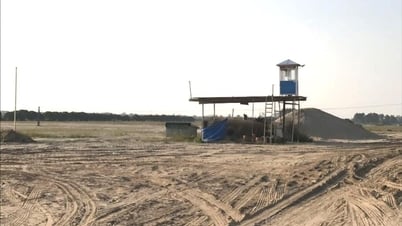
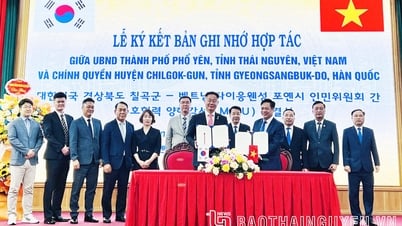







![[OCOP REVIEW] Tu Duyen Syrup - The essence of herbs from the mountains and forests of Nhu Thanh](https://vphoto.vietnam.vn/thumb/402x226/vietnam/resource/IMAGE/2025/6/5/58ca32fce4ec44039e444fbfae7e75ec)




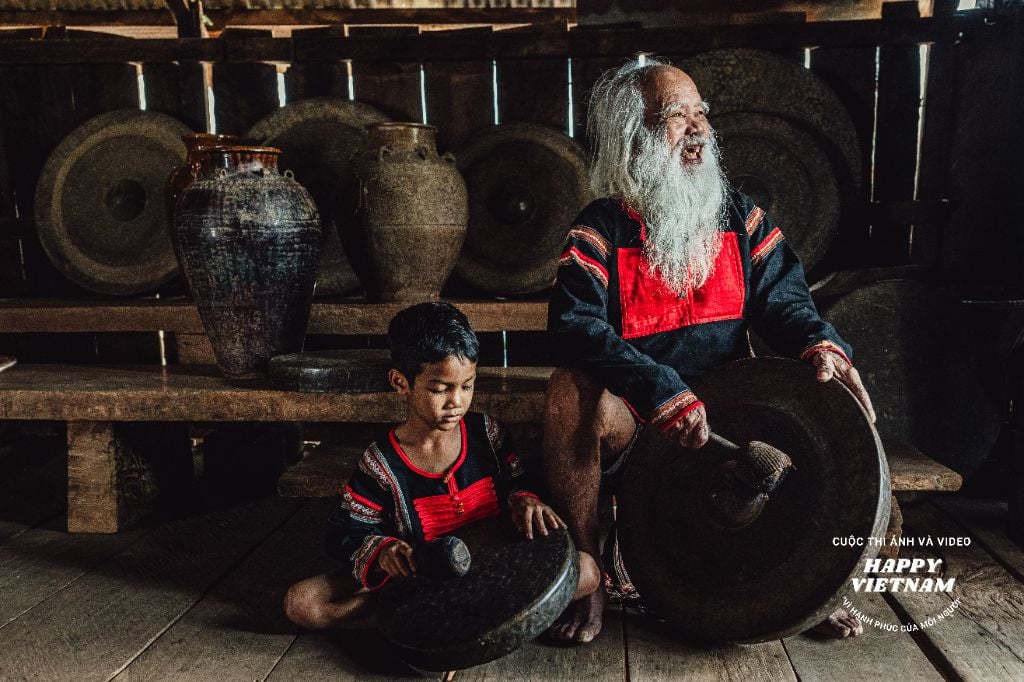
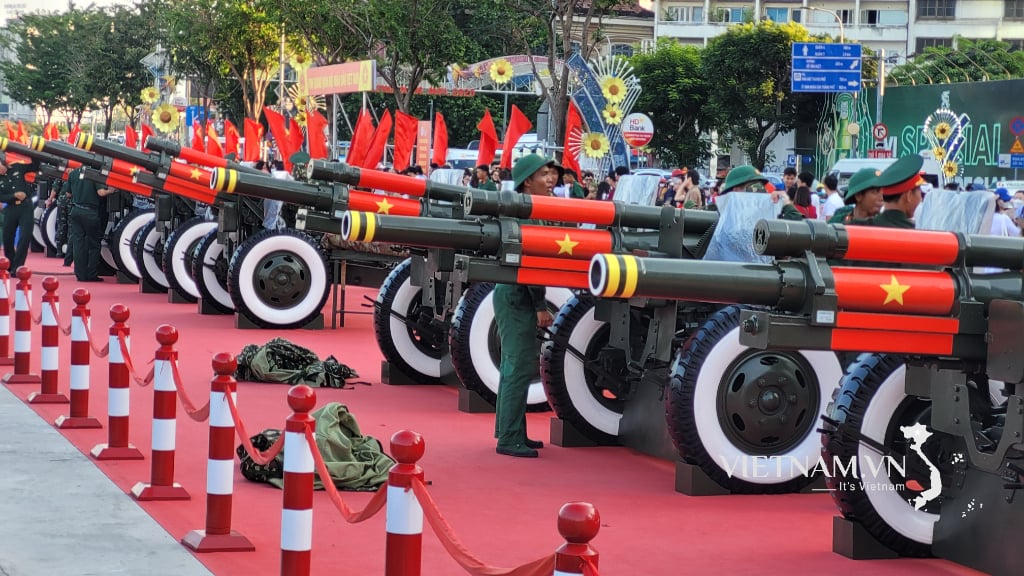
Comment (0)